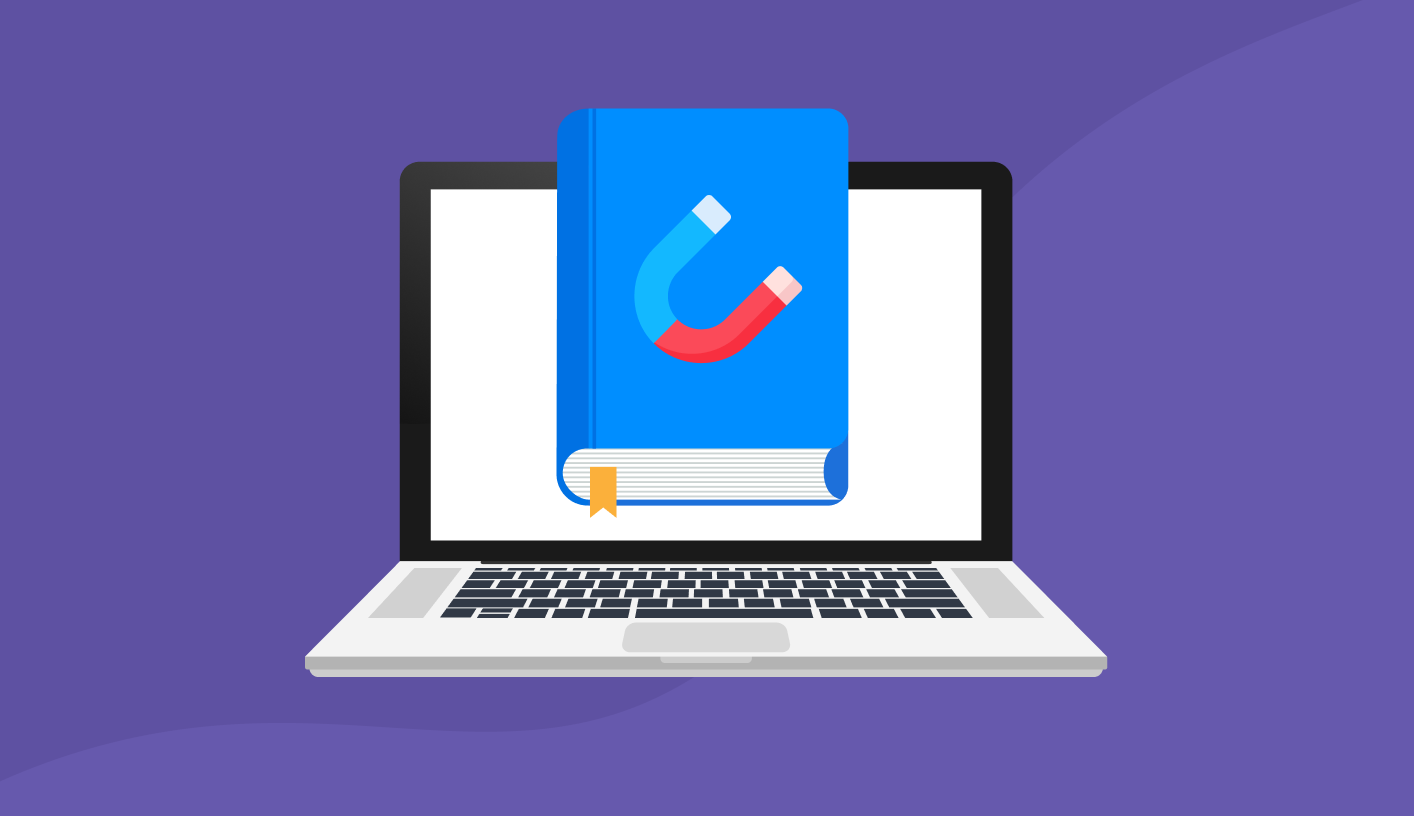Cohort Analysis: How to Reduce Churn and Improve Retention

It's not always easy to understand why customers churn. Fortunately, cohort analysis can help.
Cohort analysis is a technique companies can utilize to gain deeper understanding of different groups of customers and how these groups engage with their products and services. Armed with this knowledge, businesses can identify and decipher key trends, ultimately reducing churn and improving retention.
This post provides a thorough overview of cohort analysis. It includes key insights, actionable strategies and real-life use cases so companies know exactly how to leverage this tool to boost customer loyalty, lower churn and build a more sustainable business.
What is cohort analysis?
A type of behavioral analytics, cohort analysis involves analyzing the usage patterns of various groups (cohorts) of customers that share common characteristics or experiences.
Customers are often segmented by where they are in their user journey (acquisition cohorts) or by their actions (behavioral cohorts), explained in further detail below. These groups might be defined by, for example, sign-up date, initial purchase date, or other specific behaviors.
Cohort data is then analyzed to decipher consumer behaviors. Since customers are notoriously fickle, it’s important to study the data over time, preferably using a cohort analysis chart to delineate trends, patterns and discrepancies among groups and to uncover longitudinal insights.
Understanding the evolution of each cohort is key. This approach reveals the dynamic nature of consumer habits, enabling companies to adapt strategies for long-term success and to make informed product decisions.
Why is cohort analysis useful?
There’s no way around it — businesses are significantly impacted by high churn (the rate at which existing customers stop using a service), typically leading to stunted growth and lower profits. The financial impact on a company can be substantial. In fact, it’s been found that reducing user churn by a mere 5% can translate into a hefty 25 to 125% increase in profit.

Clearly, it’s beneficial for companies to get churn under control. To do this, they can use cohort analysis to gain insight into user behavior. In turn, they can make more informed decisions that boost customer retention and support sustained growth.
After all, loyal customers have been found to spend 67% more than new ones. Plus, not only do they contribute to recurring revenue, but they also serve as brand advocates, attracting new users and bolstering a business's longevity.
At the end of the day, cohort analysis helps teams dive into and interpret user behavior, which can help companies retain their customers. Clarifying how many users are sticking around and which user groups need attention can inform high-level decision-making that minimizes churn and increases customer loyalty.
Need to improve your retention fast? Slash churn 10-39% with automated retention from ProsperStack.
How it works: add a few lines of code to start delivering exit surveys and persuasive offers to customers at the point of cancellation. Iterate quickly, A/B test offers and surface actionable insights to maximize retained revenue.
Learn more about ProsperStack Retain or get a demo.
Types of cohort analysis
There are two main types of cohort analyses: acquisition cohort analysis and behavioral cohort analysis.
Acquisition cohorts
Acquisition cohorts track customers grouped by sign-up date so a company can see when new users are churning. In this case, “sign-up date” can refer to registrations, purchases, downloads and so on.
Let’s consider the following scenario: a subscription-based streaming service conducts an acquisition cohort analysis. It groups customers according to the month they subscribed to the service.
By analyzing when each cohort drops the service, the company discovers that users who join during promotional periods exhibit higher long-term retention rates than those who join during regular periods. This insight prompts the company to strategically time and tailor future promotions to optimize customer retention.
Behavioral cohorts
Behavioral cohorts, on the other hand, group customers based on actions or behaviors that occur after the initial acquisition (e.g., turning on notifications, using a specific feature, filling out personal information). Analyzing these behaviors over time can show what leads to churn, aiding in a company’s customer retention cohort analysis.
For example, a SaaS data analytics company is worried about the effectiveness of its onboarding process. It decides to use customer cohort analysis to monitor the behavior of two cohorts as they go through separate onboarding experiences. Determining that one cohort ultimately maintains its service much longer than the other, the business shifts all of its incoming customers to that onboarding experience.

How to get started with cohort analysis
Follow these steps to implement a cohort analysis. Keep in mind that the reason to conduct a cohort analysis is to achieve business goals (like improving customer retention) by analyzing the behaviors of a group of customers with similar characteristics.
Determine a hypothesis and set a clear goal
First, just like a science experiment, it's necessary to pick a hypothesis to test. Whether the goal is to improve performance in a specific area or solve a problem, decide in advance what the focus is (e.g., customer engagement, retention, churn, conversions).
Identify metrics to track
Next, decide which metrics will be used to measure the hypothesis. Common examples include average revenue per user, average session duration, customer lifetime value, acquisition, retention or conversion rates.
Define the cohorts
Defining the cohorts that will be tracked and analyzed is critical at this point. They should share certain attributes like the same sign-up date, location, behavior or age.
Some common cohorts include recent upgrades or renewals, power users, inactive users and users who signed up for the service on the same day.
Run the report
Using software or doing so manually, create a report that clearly displays the results in a cohort chart. Color shading can help visualize trends and spot anomalies.
Analyze the results
Finally, interpret the results to determine whether the initial hypothesis is on the money or just plain wrong, then test the findings.
How to improve retention through cohort analysis
Companies can use the insights from cohort analysis to make changes that increase user retention, accelerating their profits and growth. This section examines how businesses can boost retention through cohort analysis.
Analyzing customer engagement over time
Cohort analysis is often used to track the behavior of monthly cohorts (customers who signed up for a service during a specific period), revealing trends in engagement metrics like active users, session duration and purchases. Viewed over time in a cohort report, a business can measure retention and identify user retention and engagement patterns that might influence its actions.

Implementing personalized communication strategies
When companies use cohort analysis, they discover what makes each group tick. This knowledge about customer interests, preferences and behaviors can be used to create tailored communications that resonate more deeply with users, helping the business boost conversions, retain customers and improve future customer acquisition techniques.

Adjusting products or services based on cohort insights
Similarly, segmenting users into cohorts and analyzing their data over time often gives companies the information they need to adjust their products and services to better satisfy their users and increase retention.
For example, a streaming platform might offer personalized content based on viewing habits, and a fitness app might customize its workout plans to fit the needs of various age groups.
Cohort analysis use cases and examples
Cohort analysis can be applied to many different use cases. Some of the more common ones are outlined below.
Example 1: how to use cohort retention analysis to reduce early churn
One popular way companies use cohort analysis is to attempt to reduce churn — specifically, early churn (when users leave shortly after the sale or contract has been signed).
In this instance, a SaaS business might begin by tracking the user retention rates of different cohorts based on the acquisition date. Next, it will study the user journey, measure each retention curve and assess user engagement within each acquisition cohort.
Referring to cohort reports to understand the customer lifecycle and when usage drops off, the company can develop tailored strategies and tactics to encourage its customers to stay past the first few days.
Example 2: how to improve customer LTV
Businesses often conduct cohort analyses on varied user groups to improve their customer lifetime value (CLV), which indicates how valuable a user is to the company. They might start by measuring retention rates, analyzing behaviors across different cohorts and customizing marketing campaigns accordingly.
For example, a company might track how various cohorts respond to promotions, adapting its strategies to support long-term customer engagement and increase LTV.
Example 3: how to reduce revenue churn
In this final cohort analysis example, the discussion revolves around using data to minimize revenue churn (the percentage of revenue lost from cancellations and downgrades during a specific period).
In this scenario, a subscription-based service determines that the customers it acquired in Q1 had a higher retention rate than those from Q3. Consequently, the company reduces revenue churn by improving engagement among its Q3 cohort.
Best tools for cohort analysis
There are multiple tools and platforms available that make it easier to perform customer churn analysis, compare retention rates and extract valuable insights.
One such tool is Google Analytics. This free program enables users to compare groups and pinpoint trends. One can output a cohort chart that makes it possible to identify user behavior patterns. However, Google Analytics is arguably more surface-level than other platforms and may lack some features needed to conduct in-depth cohort analysis.

Other paid services provide more advanced cohort analysis features. Heap, for example, offers a detailed view of the user journey via its Retention Report.
Another service, Mixpanel, gives its users valuable insights into their cohorts alongside the ability to compare retention rates across different segments. Similarly, Kissmetrics’ intuitive cohort analysis tools allow businesses to track and analyze customer behavior over time to reduce churn and improve retention strategies.
There are additional cohort analysis tools out there. Companies should explore different options to determine what works best for their particular needs.
The future of churn cohort analysis
In a nutshell, cohort analysis matters because it allows companies to better understand customer behavior and improve retention strategies. Grouping and analyzing customers with shared characteristics enables businesses to identify notable trends and uncover crucial insights.
Organizations can leverage this powerful tool and retain more customers by recognizing patterns in customer engagement, preferences and churn rates over time. To get started, businesses can segment their customers by sign-up dates or specific actions and use platforms like Google Analytics and others to analyze the data.



